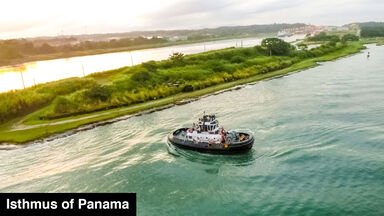Between the Swan and North-West Cape the principal rivers are the Greenough, Murchison and Gascoyne; on the north-west coast, the Ashburton, Fortescue and De Grey; and in the Kimberley district, the Fitzroy, Panton, Prince Regent and the Ord.
It has been ascertained from recent explorations that the area of carboniferous formation in that state extends from the Irwin northwards to the Gascoyne river, about 300 m., and probably all the way to the Kimberley district.
On the Gascoyne river, too, were seen natives of an olive colour, quite good-looking; and in the neighbourhood of Sydney rock-carvings have been also found.
Although it is mentioned in the 16th century, and coal was discovered there at the time of Peter the Great, it was not until 1 795 that an Englishman, Gascoyne or Gaskoin, established its first iron-works for supplying the Black Sea fleet and the southern fortresses with guns and shot.
The Carboniferous period began with a marine transgression, enabling limestones to form in Tasmania and New South Wales; and at the same time the sea first got in along the western edge of the western plateau, depositing the Carboniferous rocks of the Gascoyne basin and the coastal plain of north-western Australia.
